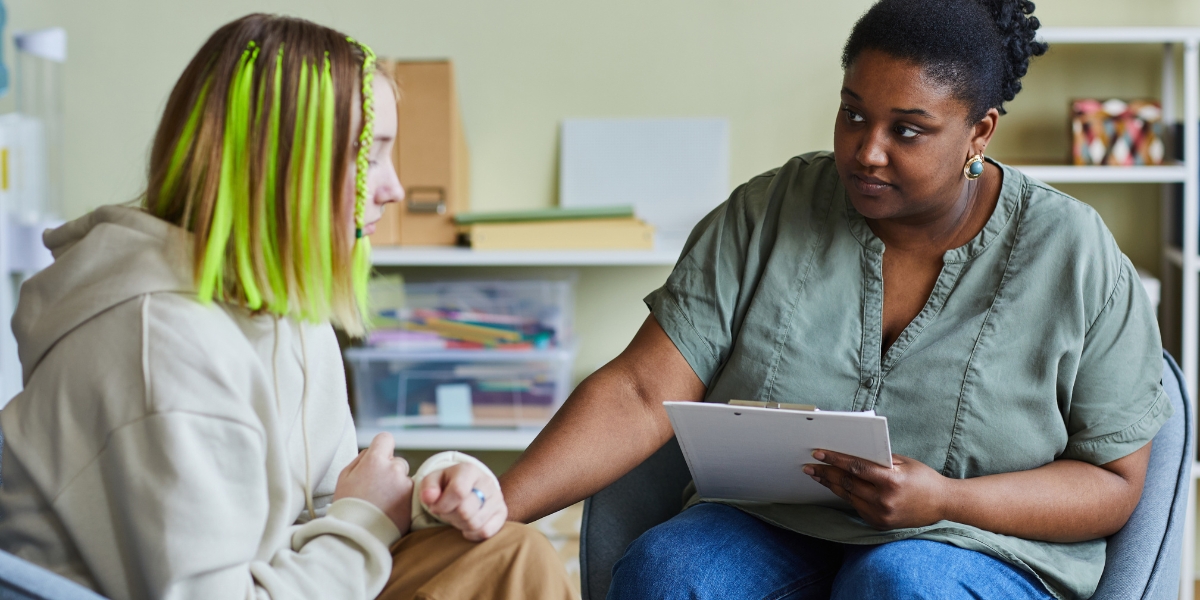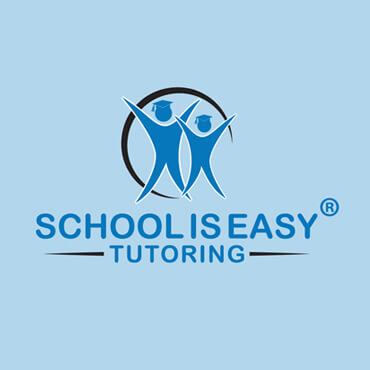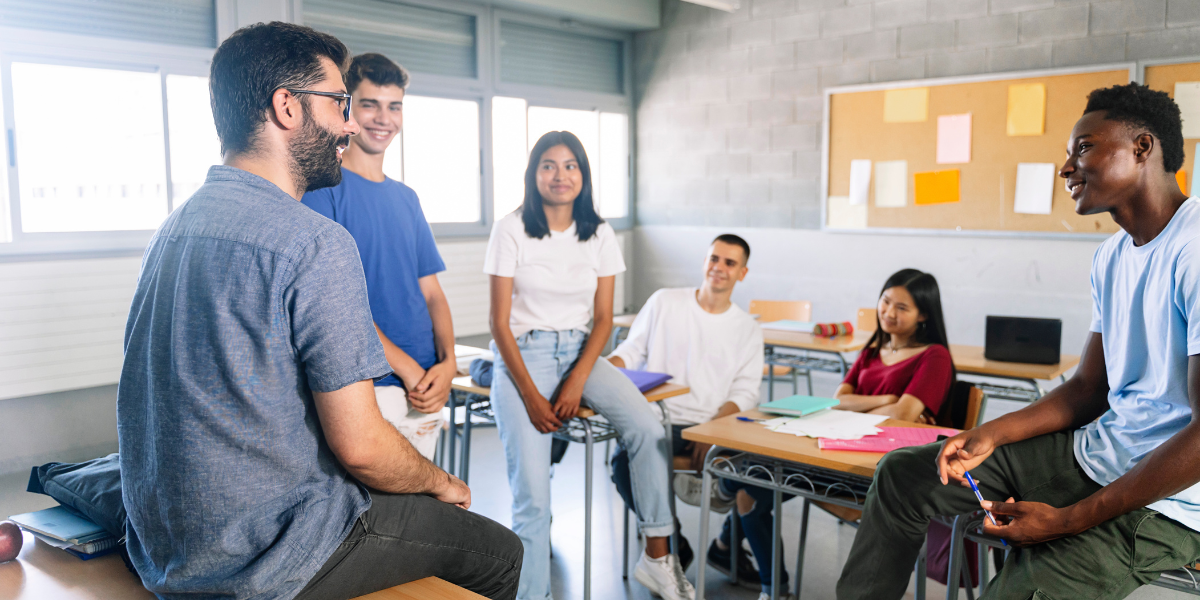
Simple Techniques That Turn Fighting Into Growing
Learning how to teach conflict resolution to kids starts with accepting that conflicts aren’t problems to eliminate but opportunities to grow. I know it’s exhausting when your children seem to argue about everything from who gets the last cookie to whose turn it is to choose the television show. But here’s what we’ve learned from years of helping kids: these moments are actually precious chances to build skills your child will use for the rest of their life.
Every disagreement your child has today is practice for future workplace negotiations, romantic relationships, and even parenting their own children someday. When we shift our perspective from “how do I stop this fighting” to “how do I help them handle this better,” everything changes for both you and your child.
The Real Reason Children Fight (And Why That’s Actually Good News)
Your child isn’t fighting to make your life difficult, even though it certainly feels that way sometimes. Most conflicts happen because children are still developing the brain connections that help adults pause, consider other perspectives, and communicate needs clearly. Think of it like learning to ride a bicycle – they’re going to wobble and fall before they find their balance.
What makes this encouraging is that every argument gives your child’s brain more practice at emotional regulation and problem-solving. When you teach conflict resolution to kids, you’re essentially becoming their coach rather than their referee. Instead of constantly stepping in to declare winners and losers, you’re helping them develop the skills to work things out independently. This shift reduces your stress while building their confidence in handling life’s inevitable disagreements.
Getting to the Heart of What’s Really Going On
Here’s something that might surprise you: the thing your children are fighting about is rarely what they’re actually upset about. That explosive argument over sharing toys might really be about feeling left out, being overtired, or struggling with something completely unrelated like a difficult day at school. Learning to look beneath the surface changes everything about how you respond.
Research confirms that nonviolent conflict resolution is learned behavior, which means your child can absolutely master these skills with practice and patience. When you help your child identify what they’re truly feeling – not just what they’re fighting about – you’re teaching them emotional intelligence that will serve them throughout their life. This deeper understanding often resolves conflicts much more quickly than addressing surface complaints alone.

Teaching Your Child to Think Before They React
One of the most powerful tools I can share with you comes from cognitive behavioral therapy techniques that work beautifully with children. Instead of letting emotions drive their responses, you can teach your child to pause and ask themselves a few key questions before reacting to conflict situations.
Start with simple questions your child can remember: “What do I really want here?” “How is the other person feeling?” “What would happen if we both got a little of what we want?” These conflict resolution resources provide wonderful question frameworks adapted for different ages. The goal isn’t to eliminate your child’s emotions but to help them use those feelings as information rather than instructions for action.
Building Your Child’s Conflict Resolution Vocabulary
Think of conflict resolution vocabulary as giving your child a toolbox filled with different approaches to problems. Words like “compromise,” “negotiate,” and “collaborate” aren’t just fancy terms – they represent different strategies your child can choose based on the situation they’re facing. Having these options makes children feel more capable and less likely to default to yelling or giving up.
Many educators have created excellent lesson plans that make learning these concepts feel like games rather than lectures. I love starting with basic concepts and letting children discover through experience which approaches work best for different types of conflicts. When you teach conflict resolution to kids through their own real experiences, the lessons stick much better than abstract discussions ever could.

Turning Your Home Into a Conflict Resolution Training Ground
Your daily family life provides the perfect laboratory for practicing these skills without any special programs or expensive materials needed. When your children disagree about bedtime routines, instead of immediately solving it for them, try saying, “This sounds like something you two could work out together. What ideas do you have?” Then step back and let them try, offering gentle guidance only when they get stuck.
I encourage parents to model the behavior they want to see by handling their own disagreements thoughtfully in front of their children. When you disagree with your partner about weekend plans or have a frustrating phone call with customer service, let your children see you take deep breaths, listen carefully, and look for solutions that work for everyone involved. Children absorb these lessons much more deeply than any formal instruction you could provide.
Making Conflict Resolution a Natural Part of Growing Up
The beautiful thing about teaching these skills is that they become stronger through practice, just like any other ability your child develops. Each conflict your child navigates successfully builds their confidence for handling the next challenge that comes along. This means you’ll gradually spend less time mediating disputes and more time celebrating your child’s growing independence and maturity.
Remember that children develop at their own pace, and some naturally gravitate toward peaceful solutions while others need more explicit guidance and practice. Additional relationship worksheets can provide extra support for children who benefit from structured practice, but the most important learning happens through real-life situations where the stakes feel meaningful to your child.
Watching Your Child Become Their Own Problem-Solver
Nothing brings me more joy than hearing from parents who tell me their child successfully worked through a difficult situation with a friend or sibling without any adult intervention. That’s the ultimate goal when you teach conflict resolution to kids – raising children who can handle life’s challenges with confidence, creativity, and kindness toward others.
This independence develops gradually as children experience success in resolving smaller conflicts and build trust in their own problem-solving abilities. The skills they learn through family disagreements transfer directly to school situations, friendships, and eventually workplace challenges. You’re not just solving today’s arguments – you’re building tomorrow’s leaders, partners, and parents.

Supporting Your Child’s Journey Toward Independence
Some children master conflict resolution skills quickly, while others need additional support and practice to build confidence in social situations. If your child continues struggling with peer conflicts or family relationships despite your patient guidance at home, remember that seeking additional help shows wisdom, not weakness.
School is Easy’s experienced tutors understand how social skills directly impact academic performance and classroom relationships. We work with families to develop each child’s unique strengths while building the communication and problem-solving skills that create success in every area of life. For more support with your child’s social and emotional development, explore our resources on building social confidence and supporting positive behavior.
Contact us today to discover how we can support your family’s journey toward greater harmony and understanding.





